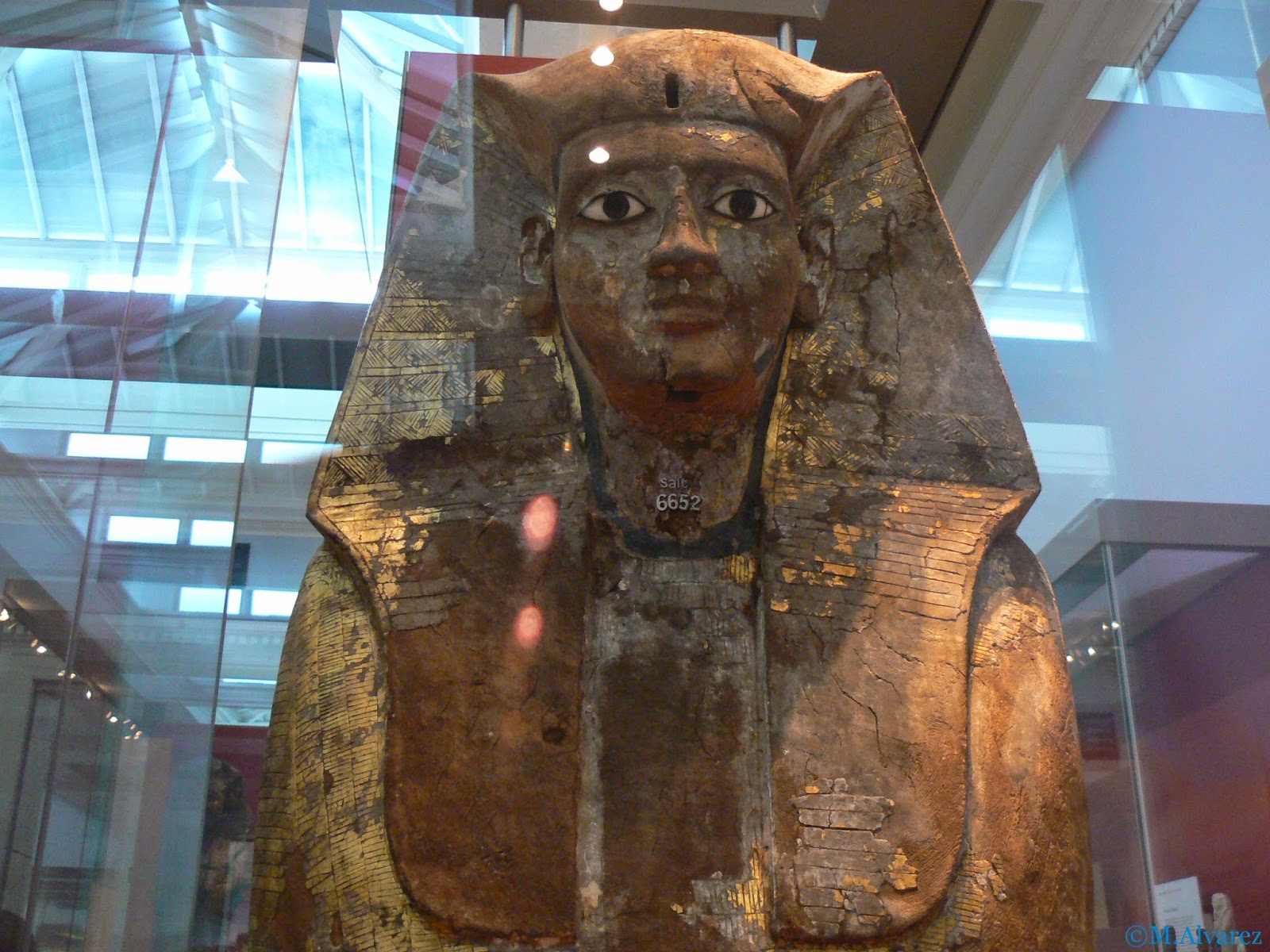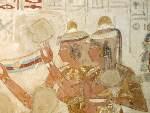Linen marks from the wrappings of Henhenet's mummy
Period: Middle Kingdom
Dynasty: Dynasty 11
Reign: reign of Mentuhotep II
Date: ca. 2051–2030 B.C.
Geography: From Egypt, Upper Egypt; Thebes, Deir el-Bahri, Temple of Mentuhotep II, Pit 11 (Henhenet), EEF 1906–1907
Medium: Linen
Dimensions: 12 x 10 cm (4 3/4 x 3 15/16 in.)
Credit Line: Gift of Egypt Exploration Fund, 1907
Accession Number: 07.230.1c
metmuseum.org
Linen marks from the wrappings of Henhenet's mummy
Period: Middle Kingdom
Dynasty: Dynasty 11
Reign: reign of Mentuhotep II
Date: ca. 2051–2030 B.C.
Geography: From Egypt, Upper Egypt; Thebes, Deir el-Bahri, Temple of Mentuhotep II, Pit 11 (Henhenet), EEF 1906–1907
Medium: Linen
Credit Line: Gift of Egypt Exploration Fund, 1907
Accession Number: 07.230.1c.1a, b
metmuseumorg
Linen marks from the wrappings of Henhenet's mummy
Period: Middle Kingdom
Dynasty: Dynasty 11
Reign: reign of Mentuhotep II
Date: ca. 2051–2030 B.C.
Geography: From Egypt, Upper Egypt; Thebes, Deir el-Bahri, Temple of Mentuhotep II, Pit 11 (Henhenet), EEF 1906–1907
Medium: Linen
Dimensions: h. 9 x w. 12 cm (3 9/16 x 4 3/4 in.)
Credit Line: Gift of Egypt Exploration Fund, 1907
Accession Number: 07.230.1c.2
























 . These words were obviously spoken by the latter of the two sisters, because in front of the first is the horizontal text:
. These words were obviously spoken by the latter of the two sisters, because in front of the first is the horizontal text: 























